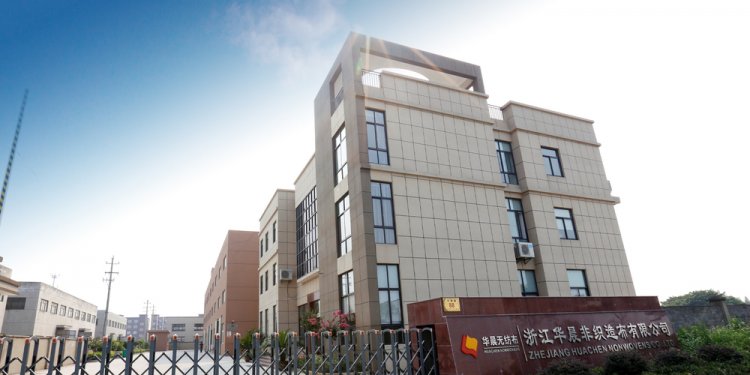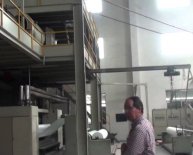
Non woven fabrics uses
Nonwoven fabrics are broadly defined as sheet or web structures bonded together by entangling fiber or filaments (and by perforating films) mechanically, thermally, or chemically. They are flat, porous sheets that are made directly from separate fibers or from molten plastic or plastic film. They are not made by weaving or knitting and do not require converting the fibers to yarn.
How is Nonwoven Fabric used?
Beyond simple definitions, these engineered fabrics open up a world of innovative possibilities for all types of industries.
Nonwovens may be a limited-life, single-use fabric or a very durable fabric. Nonwoven fabrics provide specific functions such as absorbency, liquid repellency, resilience, stretch, softness, strength, flame retardancy, washability, cushioning, filtering, bacterial barriers and sterility. These properties are often combined to create fabrics suited for specific jobs while achieving a good balance between product use-life and cost. They can mimic the appearance, texture and strength of a woven fabric, and can be as bulky as the thickest paddings.
Following are just a few of the properties that can be attained using nonwoven fabrics:
- Absorbency
- Bacterial barrier
- Cushioning
- Filtering
- Flame retardancy
- Liquid repellency
- Resilience
- Softness
- Sterility
- Strength
- Stretch
- Washability
Today, innovations in nonwoven fabrics are growing as rapidly as the demand for them, with almost unlimited possibilities for a wide variety of industries, including:
- Agricultural coverings
- Agricultural seed strips
- Apparel linings
- Automotive headliners
- Automotive upholstery
- Carpeting
- Civil engineering fabrics
- Civil engineering geotextiles
- Disposable diapers
- Envelopes
- Filters
- House wraps
- Household & personal wipes
- Hygiene products
- Insulation
- Labels
- Laundry aids
- Roofing

















